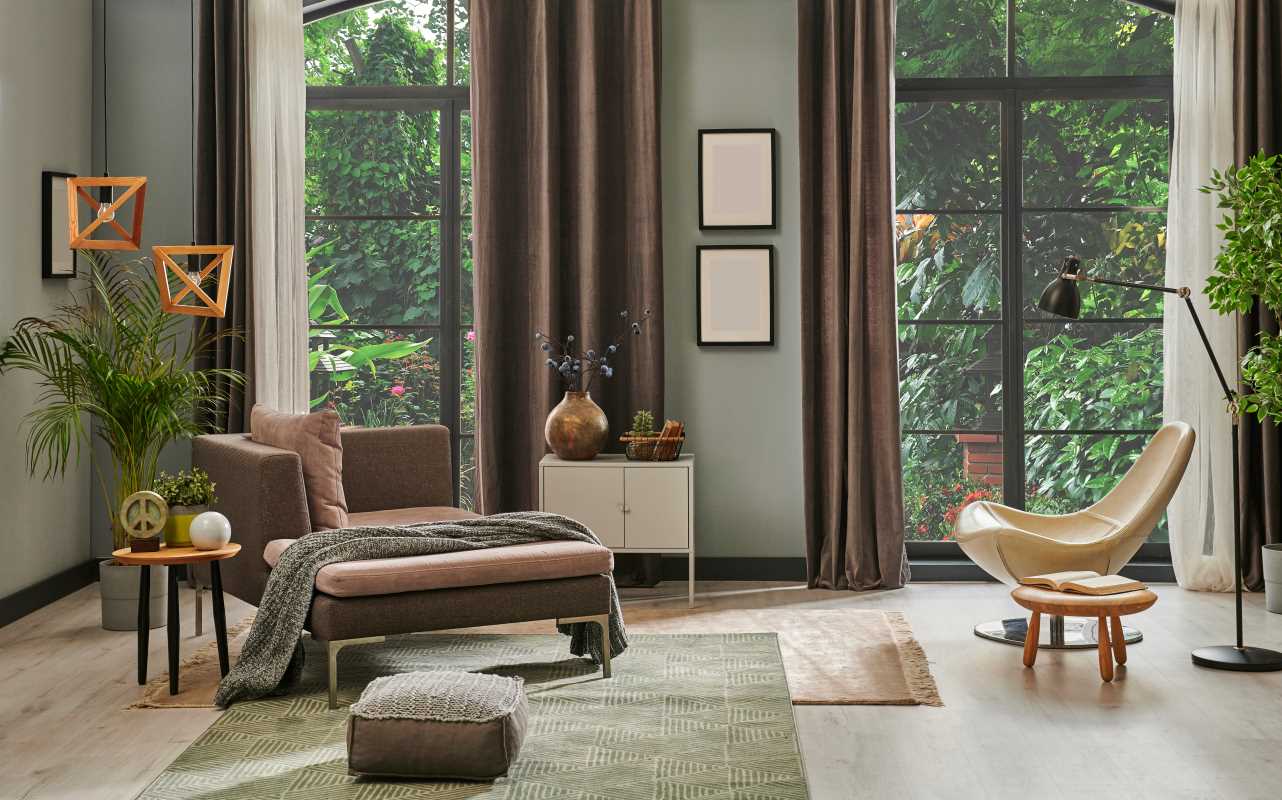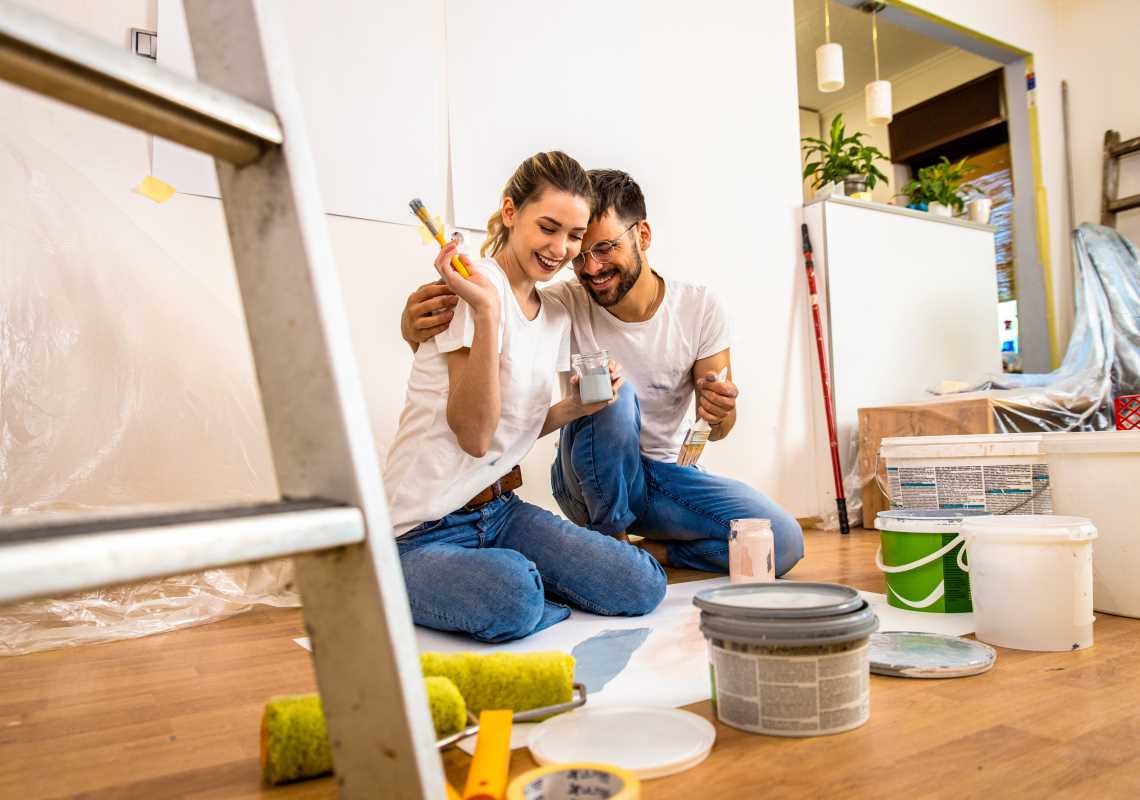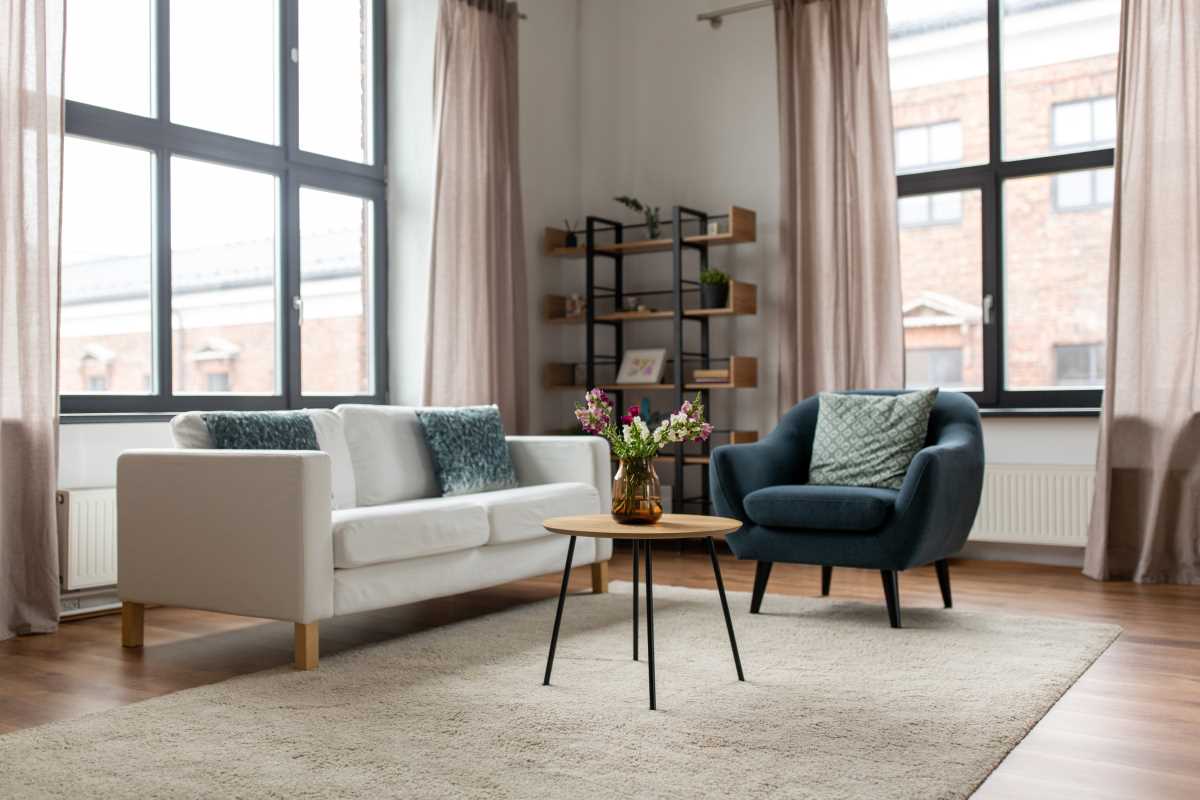Designing a home that feels both personal and planet-friendly is easier than you might think—especially when you choose to build furniture using second-hand or repurposed materials. This approach gives new life to items that might otherwise be discarded, turning them into functional and stylish pieces that tell a story. Beyond aesthetics, crafting your own furnishings allows you to shape your space with intention, making every piece feel truly your own. It’s a way to blend creativity, resourcefulness, and a sense of responsibility, all while creating a comfortable city home that reflects your values and leaves a lighter footprint.
Benefits of Using Reclaimed Materials
- Environmental Impact: Using reclaimed materials reduces the demand for new resources, minimizes deforestation, and lowers carbon emissions associated with manufacturing.
- Cost-Effective: Reclaimed materials often cost less than new ones, allowing you to create stylish furniture without breaking the bank.
- Unique Aesthetics: Each piece made from reclaimed materials has its own story and character, adding a distinct charm to your home.
- Durability: Reclaimed materials, especially wood and metal, typically offer higher quality and last longer than their new counterparts.
- Reduction of Waste: By repurposing materials, you help cut down the amount of waste that ends up in landfills, contributing to a healthier planet.
Types of Reclaimed Materials
When it comes to creating sustainable furniture, you can use a variety of reclaimed materials, each bringing its own unique benefits and aesthetics to your projects.
Wood: Reclaimed wood from old buildings, pallets, or even discarded furniture can turn into stunning tables, chairs, and shelves. This wood often has a rich history and unique grain patterns that add character to any piece.
Metal: Salvaged metal works well for creating sturdy legs, frames, and decorative elements. Metals like steel and iron are particularly durable and can take on a variety of shapes and styles.
Fabric: Repurposing old fabrics from curtains, upholstery, or clothing breathes new life into pillows, cushions, and upholstered furniture. This not only adds texture and color but also gives a second life to materials that would otherwise go to waste.
DIY Tips for Creating Sustainable Furniture
- Plan Your Project: Start by sketching your ideas and making a list of the materials you need. Having a clear plan helps you stay organized and ensures you have all the necessary tools.
- Source Quality Materials: Look for reclaimed materials that are in good condition. Check for any damage or wear that could affect the durability of your furniture piece.
- Prepare the Materials: Clean and treat your reclaimed materials to remove any dirt or old finishes. This step is crucial for ensuring the longevity and appearance of your final product.
- Joinery Techniques: Use sustainable joinery methods such as dovetail joints or dowels instead of nails and screws. This makes your furniture more eco-friendly and enhances its durability.
- Finish with Care: Choose eco-friendly finishes like natural oils or stains. These finishes are better for the environment and safe for your home.
- Personalize Your Design: Add unique touches such as painting, stenciling, or adding hardware to make your furniture truly one-of-a-kind.
Inspiration from Urban Living
City living often requires maximizing space and functionality while maintaining style. Sustainable furniture made from reclaimed materials fits perfectly into this lifestyle, offering versatile and space-saving solutions. For instance, a reclaimed wood coffee table can serve as a centerpiece in your living room, while a metal-framed bookshelf can provide ample storage without taking up too much space.
If you're looking to create a cozy environment, consider integrating sustainable bedding alongside your reclaimed furniture. Combining these elements helps you design a harmonious and environmentally friendly space that reflects your values and aesthetic preferences.
Challenges and Solutions
Working with reclaimed materials can present its own set of challenges, but with the right approach, you can easily overcome these obstacles.
Material Quality: Reclaimed materials may have imperfections or damage. To address this, thoroughly inspect each piece before use and be ready to do some restoration work, such as sanding or repairing broken parts.
Availability: Finding the right materials can consume a lot of time. Establish relationships with local suppliers, salvage yards, or online marketplaces to increase your chances of finding high-quality reclaimed materials.
Tools and Skills: Not everyone has access to the necessary tools or the expertise to work with certain materials. Start with simple projects to build your skills and consider investing in basic tools that will allow you to tackle a variety of projects.
Cost Considerations: While reclaimed materials can be cost-effective, some rare pieces might carry a high price. Balance your budget by mixing reclaimed and new materials or repurposing items you already have.
By anticipating these challenges and implementing practical solutions, you can successfully create beautiful and sustainable furniture for your home.
The movement towards sustainable furniture gains momentum, with more people recognizing the importance of eco-friendly living. Advances in technology and design make it easier than ever to create high-quality pieces that are both stylish and sustainable. As awareness grows, we can expect to see innovative materials and methods that further reduce our environmental impact. Embracing sustainable furniture benefits the planet and sets a standard for future generations to follow.
 (Image via
(Image via





